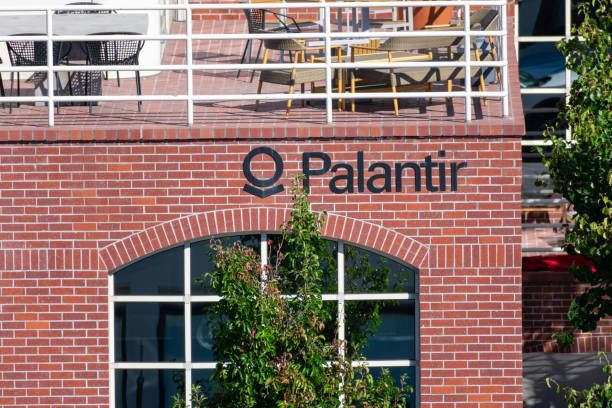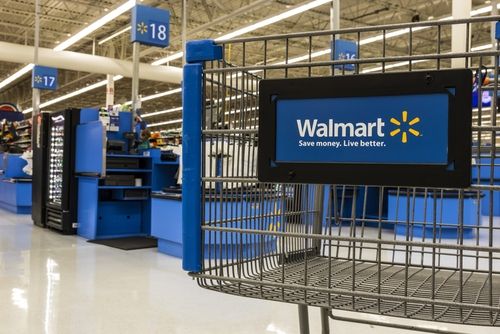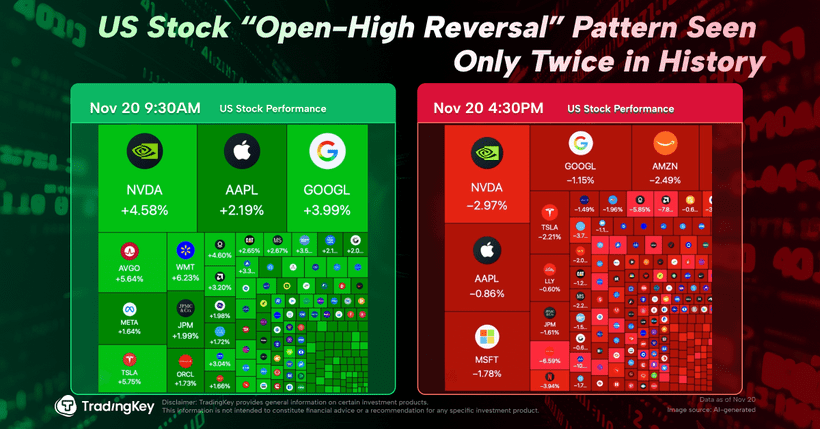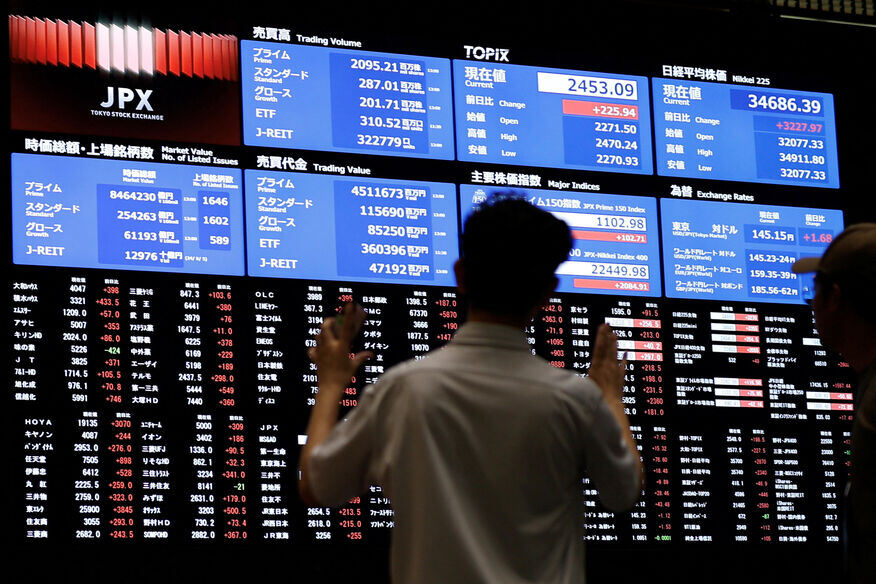Investing in Robotics Stocks

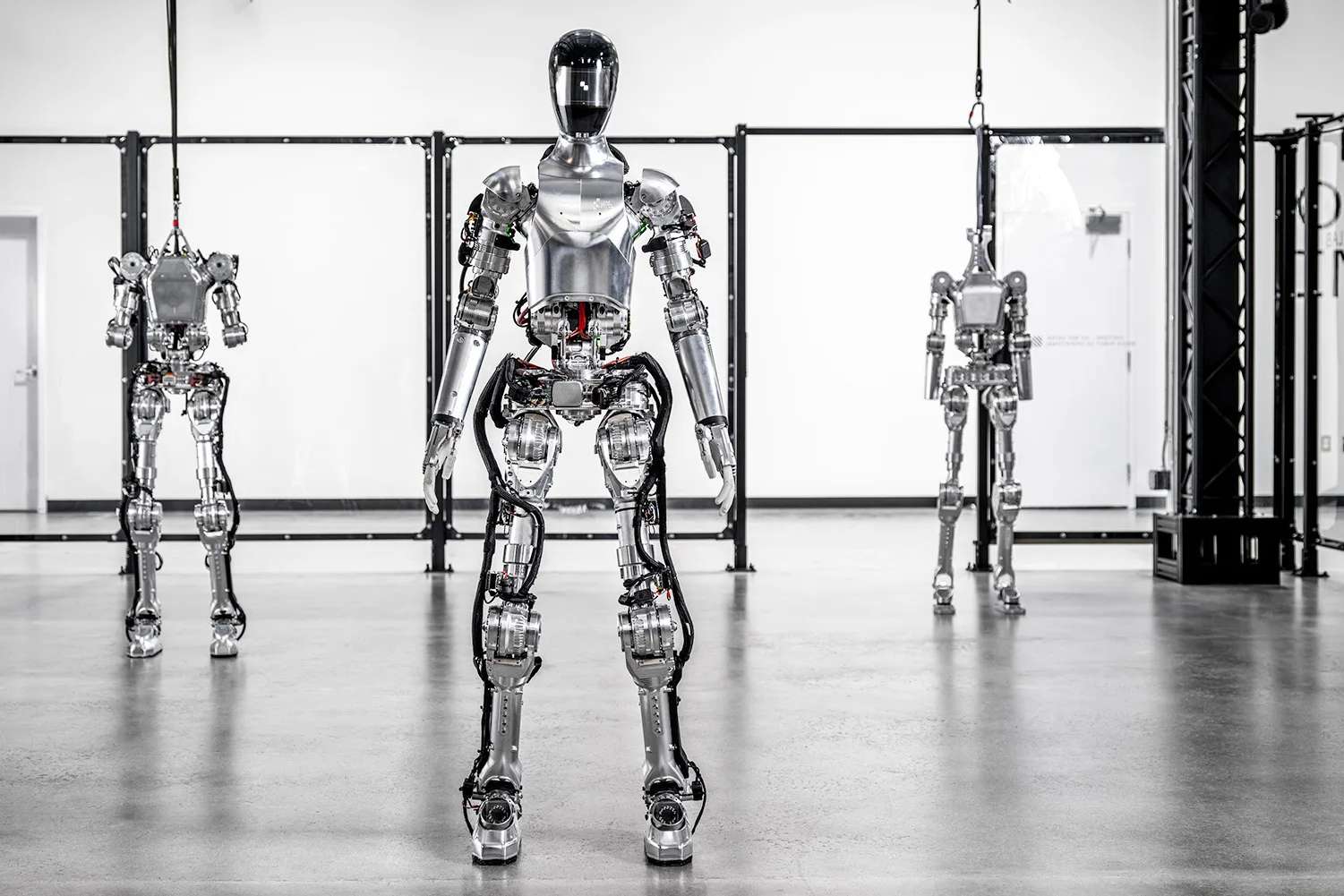
- The global AI robot market is projected to grow at a 22.1% CAGR, reaching $111.9B by 2033, with strong momentum across hardware, software, and services.
- Robotics adoption is accelerating in sectors like manufacturing, logistics, and healthcare, fueled by automation demand and AI integration.
- Leading public companies in the space are benefiting from scale, data feedback loops, and edge-compute integration that enhance competitive moats.
- Strategic entry points can be timed around earnings, industry capex cycles, or macro trends like labor shortages and reindustrialization.
TradingKey - Robotics has graduated from being a specialized technical innovation to one of the most powerful enablers of productivity in today's economy. Robots are no longer restricted to auto plants and lab coats and now operate across sectors, healthcare and agriculture as well as logistics and defense. The transition has ceased to be just mechanical automation and has now turned into intelligence. Robots today are enabled with AI, machine vision, and sensor-based learning and now can now make decisions, rationalize processes, and safely coexist with human beings.
This convergence of automation and intelligence is enabling new heights of scalability and efficiency. While global labour shortages keep rising and cost pressures just keep rising, robotics is no longer viewed as a future bet, it’s a business imperative. Early adopters of robotic systems are already realizing incremental increases in output, safety, and consistency, and as such, the narrative of robotics has moved from being a cycle play to being a secular growth story. That’s why far-sighted investors are paying attention.
The global AI robots market is projected to surge from $15.2B in 2023 to $111.9B by 2033, growing at a 22.1% CAGR, driven by rapid expansion across software, hardware, and services segments.
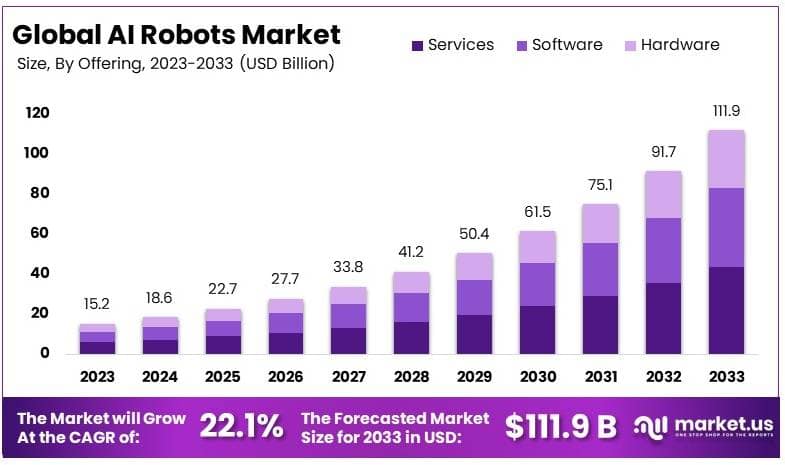
Source: https://market.us
Key Players Influencing the Robotics Industry
Robotics isn’t an island business, it has many layers of innovation. Some companies design the physical robots themselves, others design necessary components or create software that controls their movements. Among the best hardware makers, Fanuc, ABB, and Rockwell Automation lead the industrial robotics market and offer high-end systems used in auto manufacturing, packaging, and electronics manufacturing. While others like iRobot cover consumer-facing applications, and Teradyne subsidiary Universal Robots focuses on collaborative robots designed to safely work alongside people.
Beyond the manufacturing units, the component suppliers and chipmakers are performance enablers. Semiconductors, sensors, actuators, and real-time data processing are the intangible fuel providing the robot with intelligence and flexibility. Nvidia, for instance, becomes all the more critical due to its edge computing and AI tools acceleration providing the robots with the capability of “seeing” and “learning” in real time.
Lines between software for AI and robot businesses are also blurring. Companies with an emphasis on warehouse automation or robotic process automation (RPA) often offer software subscription services, creating recurring revenues as opposed to one-time sales of products. This shift to platform business models adds defensibility and scalability, and it alters how businesses from robotics are valued and monetized.
Several robotics stocks have seen strong momentum in 2025, with companies like Teradyne, Tesla, Serve Robotics, Palladyne AI, and Richtech Robotics gaining investor favor amid a surge in automation and AI integration across industries.
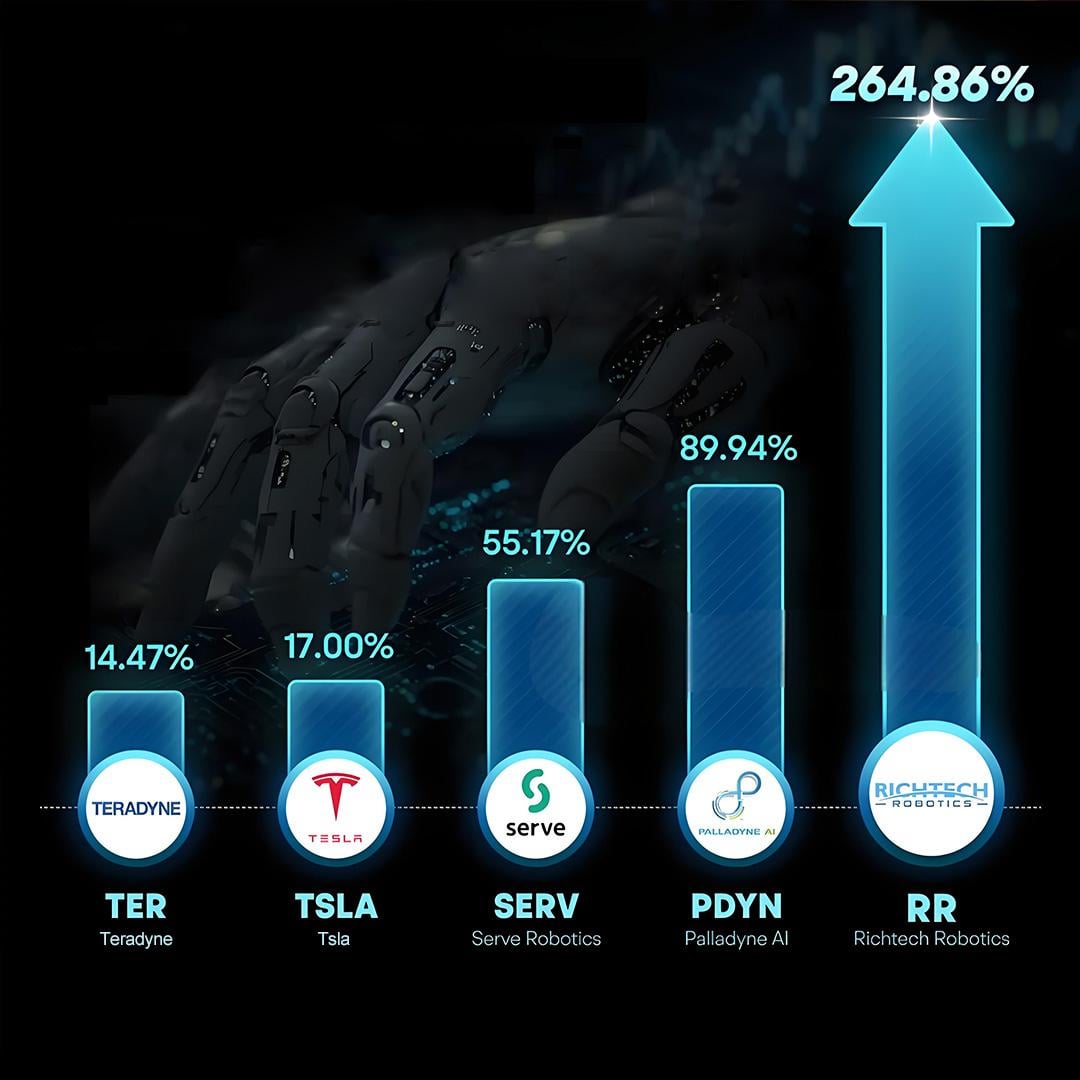
Source: https://www.moomoo.com
Strategic Timing and Volatility Management
Robotics investing requires discipline, and particularly timing. Even as the long-term trend is most definitely positive, stocks of public and private robotics companies are vulnerable to volatility over the short term, and most notably, around times of macroeconomic turbulence. Their fates move inversely with industrial activity and capital expenditures cycles at large. For one, as companies reduce expenditures during downturns, automation appropriations could temporarily decline, hurting income for suppliers of robotics.
But actual pullbacks like this offer great entry points for long-term investors. The key here is to match your investment time horizon with adoption curves of products, demand indicators of corporate clients, and macro trends of shortages of labor or reshoring plans. Investors should listen for leading indicators of manufacturing PMIs, CapEx guidance from prominent logistics or auto players, and policy shifts in favor of automation or upgrading of infrastructures.
Furthermore, valuations here go all over the map. Some U.S.-based robotics companies trade at high multiples of growth, and others from Europe or Asia trade at lower multiples with compelling fundamentals. Disciplined investors comfortable looking beyond headlines can routinely spot mispriced opportunities amongst lesser name but strategically critical suppliers and systems integrators.
Risks and Considerations When Investing in Robotics
Despite the upside potential, there are certain risks associated with investing in robotics. Supply disruptions surrounding semiconductors and rare earth minerals can impact lead times for production. Tariffs, regulatory mandates, and politics, most notably around strategic markets like China and the EU, can alter demand curves or profit margins.
Another factor of concern is obsolescence. In an economy where technological breakthrough takes place at a rapid speed, last year's cutting-edge tool could be this year's outdated machinery. Companies failing to keep up with AI infusion, modular construction, or cybersecurity standards could be overtaken by faster rivals.
Investors also must grasp the difference between hype as opposed to execution. Not all robotic businesses are profitable and most early-stage participants demand capital markets largely for R&D and scaling. While it's simple to be speculative with names during hype, sustainable returns usually come from businesses possessing sustainable cash flows, customer stickiness, and established product-market fit.
Conclusion: Owning the Future of Automation
Robotics investment isn’t speculation on the next hot gadget, but an understanding of the basic driving forces behind global automation. From changes in demographics and labor shortages to pursuit of productivity and security, robotics begins to build the basic infrastructure of the next industrial and social revolution. The eventual winners here will be those businesses combining hardware capability with AI-enabled flexibility, universal distribution, and capital moderation. For investors, the promise isn’t just to buy growth but to own growth’s foundation. In an economy being quietly rebuilt by machinery, those investing in the correct builders will be able to compound wealth on anything but a mechanistic timetable.



